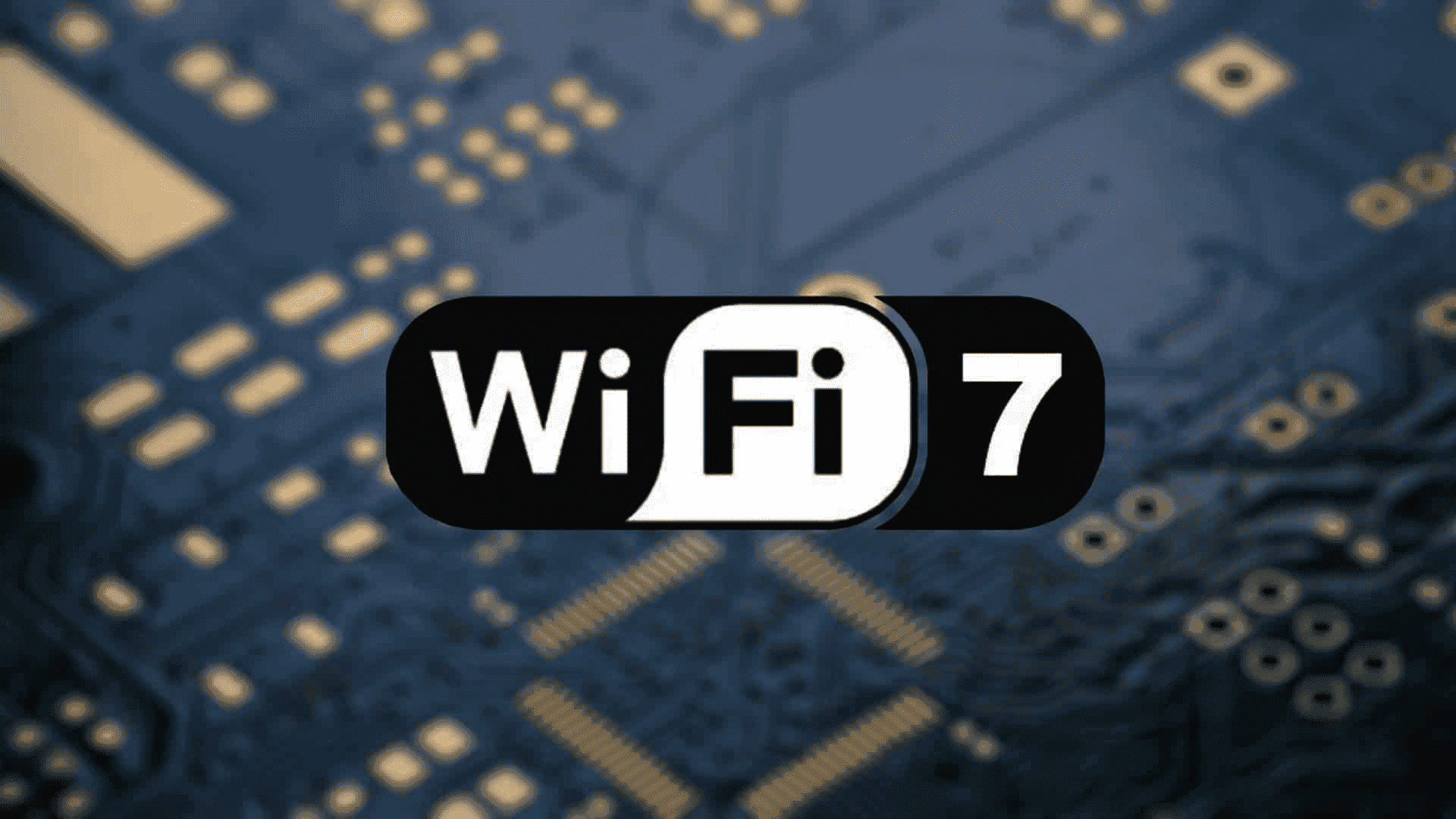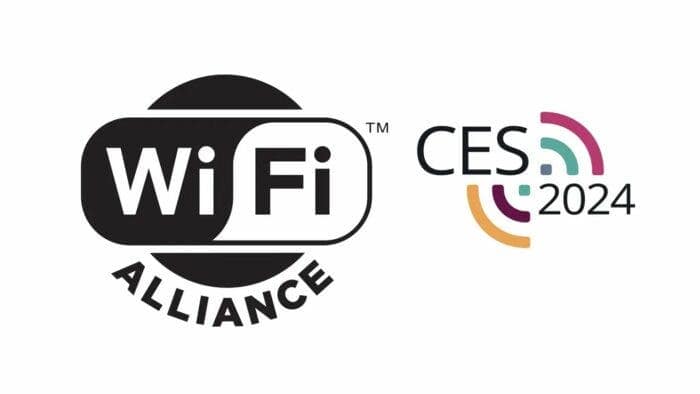Wi-Fi 7, the next generation of Wi-Fi technology, will be officially established in Q1 of next year. Wi-Fi CERTIFIED 7™, based on IEEE 802.11be technology, will be available before the end of Q1 2024. Devices with Wi-Fi 7 are entering the market today, and Wi-Fi CERTIFIED 7 will facilitate worldwide interoperability and bring advanced Wi-Fi® performance to the next era of connected devices. Wi-Fi 7 brings cutting-edge capabilities to enable innovations that require high throughput, lower latency, and greater reliability across home, enterprise, and industrial environments. This includes key applications like augmented, virtual, and extended reality (AR/VR/XR), immersive 3D training, and ultra-high definition video streaming.

Although the Wi-Fi 7 standard is not official, a couple of brands have launched products based on the Wi-Fi 7 draft. For this reason, there are a couple of people who have used Wi-Fi 7 even if the standard is not official. The Wi-Fi Alliance has now announced that it will participate in CES 2024 from January 9 to 12 next year. It also confirmed that the Wi-Fi CERTIFIED 7 certification standard based on IEEE 802.11be will be officially launched before the end of the first quarter.
Benefits of Wi-Fi 7
Simply put, Wi-Fi 7 introduces many new technologies based on the Wi-Fi 6 standard. The main advantages are reflected in:
- Higher throughput
- Improved support for deterministic delays
- Improve efficiency even in dense networks
- Greater robustness and reliability
- Lower power consumption
The goal of Wi-Fi 7 is to further improve the data throughput rate of WLAN networks and provide low-latency access guarantees. To meet this goal, the entire protocol has made corresponding changes at the PHY layer and MAC layer. Compared with the Wi-Fi 6 protocol, the main technical changes brought by the Wi-Fi 7 protocol are as follows:
1. Supports maximum bandwidth of 320MHz
Wi-Fi 7 describes tri-band operation across all three Wi-Fi bands – 2.4, 5, and 6GHz. The unlicensed spectrum in the 2.4GHz and 5GHz bands is limited and crowded. Existing Wi-Fi will inevitably encounter the problem of low QoS when running emerging applications such as VR/AR. To achieve the goal of maximum throughput improvement, Wi-Fi 7 will continue to introduce the 6GHz frequency band and add new bandwidth modes. This includes the continuous 240MHz, non-continuous 160+80MHz, continuous 320 MHz and non-continuous 160+160MHz.

2. Support Multi-RU mechanism
In Wi-Fi 6, each user can only send or receive frames on the specific assigned RU. This greatly limits the flexibility of spectrum resource scheduling. To solve this problem and further improve spectrum efficiency, Wi-Fi 7 defines a mechanism that allows multiple RUs to be allocated to a single user. Of course, to balance the implementation complexity and spectrum utilization, the protocol places certain restrictions on the combination of RUs. This will mean any of the following
- Small-sized RUs (RUs smaller than 242-Tone) can only be merged with small-sized RUs
- Large-sized RUs (RUs greater than or equal to 242-Tone) can only be combined with large-sized RUs
- Small-sized RUs and large-sized RUs are not allowed to be mixed
3. Introducing higher-order 4096-QAM modulation technology
The highest modulation method of Wi-Fi 6 is 1024-QAM, in which the modulation symbols carry 10 bits. To further increase the speed, Wi-Fi 7 will introduce 4096-QAM, so that the modulation symbols carry 12 bits. Under the same encoding, Wi-Fi 7’s 4096-QAM can achieve a 20% rate increase compared to Wi-Fi 6’s 1024-QAM.
4. Introducing Multi-Link multi-link mechanism
To achieve efficient utilization of all available spectrum resources, there is an urgent need to establish new spectrum management, coordination and transmission mechanisms at 2.4 GHz, 5 GHz and 6 GHz. The working group defined multi-link aggregation-related technologies, including enhanced multi-link aggregation MAC architecture, multi-link channel access, multi-link transmission and other related technologies.
5. Support collaborative scheduling between multiple APs
Currently, within the 802.11 protocol framework, there is not much collaboration between APs. Common WLAN functions such as automatic tuning and intelligent roaming are all manufacturer-defined features. The purpose of collaboration between APs is only to optimize channel selection, adjust loads between APs, etc., to achieve efficient utilization and balanced distribution of radio frequency resources. Collaborative scheduling among multiple APs in Wi-Fi 7, including coordination planning in the time domain and frequency domain between cells, interference coordination between cells, and distributed MIMO, can effectively reduce interference between APs and greatly improve the utilization of air interface resources.
There are many methods for cooperative scheduling between multiple APs, including C-OFDMA (Coordinated Orthogonal Frequency-Division Multiple Access), CSR (Coordinated Spatial Reuse), CBF (Coordinated Beamforming), and JXT (Joint Transmission).
6. Automated Frequency Coordination (AFC)
Automated Frequency Coordination (AFC) debuted with Wi-Fi 6E. The incremental half-step generation between Wi-Fi 6 and Wi-Fi 7 emerged as a consequence of the 6-GHz band. They are now available in many places. With Wi-Fi 7, more classes of wireless devices will receive AFC certification, expanding its usefulness and impact.

7. Multi-link Operations (MLO)
Multi-link Operations (MLO) is a new feature that allows devices to connect to multiple access points simultaneously, improving network performance and reliability.
Key Features of Wi-Fi 7
The key features of Wi-Fi 7 work together to deliver higher data throughputs and support deterministic latency for sophisticated use cases that demand first-rate reliability. Some of the most anticipated features include:
- 320MHz ultra-wide channels
- 4K-QAM
- Multi-Resource Unit (MRU)
- Preamble puncturing
- Multi-Link Operation (MLO)
Application scenarios of Wi-Fi 7
The new features introduced by WiFi 7 will greatly increase data transmission rates and provide lower latency, and these advantages will be more helpful for emerging applications, as follows:
- video streaming
- Video/voice conference
- wireless gaming
- Real-time collaboration
- Cloud/Edge Computing
- Industrial Internet of Things
- Immersive AR/VR
- interactive telemedicine
What do you think about the new Wi-Fi 7 that will be official next year? Are the benefits and application scenarios good enough? Let us know your thoughts in the comment section below





